
Catch up with the latest news in cancer research.

Combining chemotherapy with immune blocker could prevent cancer from growing back.
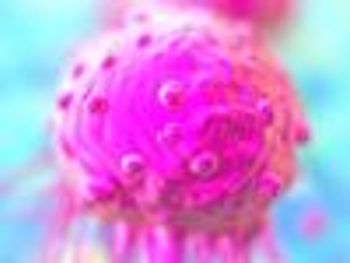
Compound kills breast, prostate, lung, and liver cancer cells without harming healthy cells.

Intra-abdominal fat cells associated with the progression of Crohn's disease and ulcerative colitis.

Molecular partnership may generate much-needed new treatments for the disease.

Agreement with Immune Design could expand the potential of immunotherapy through combination approaches.

Onsolis provides opioid tolerant patients with an alternative dosing option.

Screening evaluates a large number of cells used in cancer therapy.

Research advances personalized cancer therapy.

Religion and spirituality can have a positive impact on cancer outcomes.

FDA-approved drug is now a first-line treatment for select patients with EGFR non-small cell lung cancer.

New treatment approach many help control inflammation.
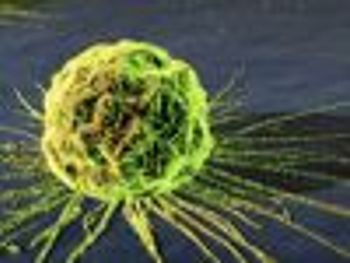
Research may help to target which patients will respond to specific chemotherapy drugs.
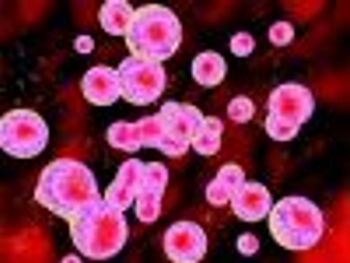
Inhibiting oxygen sensor leads to a reduced spread of breast cancer throughout the body.
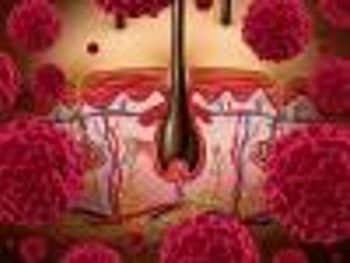
Patient experiences complete remission after treatment with 2 immunotherapies.

Patient who make multiple trips to their general practitioner before getting a diagnosis are more likely to respond negatively to other aspects of their care.

Test targets non-small cell lung cancer patients with an acquired resistant mutation.

Nivolumab shows promise in patients whose disease progressed after ipilimumab and BRAF inhibitor therapy.
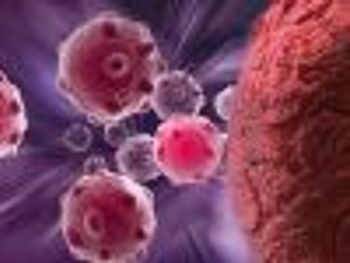
Catch up with the latest developments in cancer research.

Weight cycling may influence the biological processes that can lead to cancer.

Process improves the accuracy of cancer treatments.

High cost of research and development causes less investment by pharmaceutical firms.

Researchers predict the progression of the cancer based on its expression of IL13RA2.
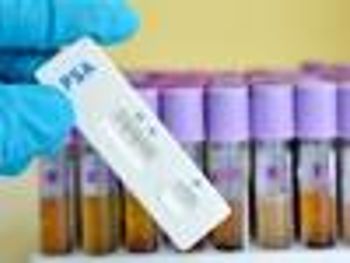
Active surveillance increases in prevalence.

Study finds significant barriers to health care access, including stigmatization.

A lymphotoxin-beta receptor inhibitor may stop the spread of the disease.

Michael Zeglinski, Vice President of Specialty Pharmacy Operations at BriovaRx, discusses whether the R&D cost for biosimilars will affect the overall cost reduction.
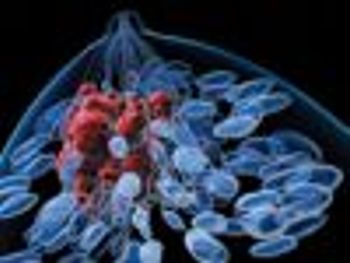
Studies show inexpensive, generic drugs can help reduce breast cancer mortality in postmenopausal women.

Long-term survival results after 5 years of ipilimumab therapy in patients with advanced melanoma shows promise.

Novel oral soluble film is indicated to prevent highly and moderately emetogenic chemotherapy-induced nausea and vomiting.